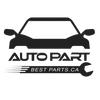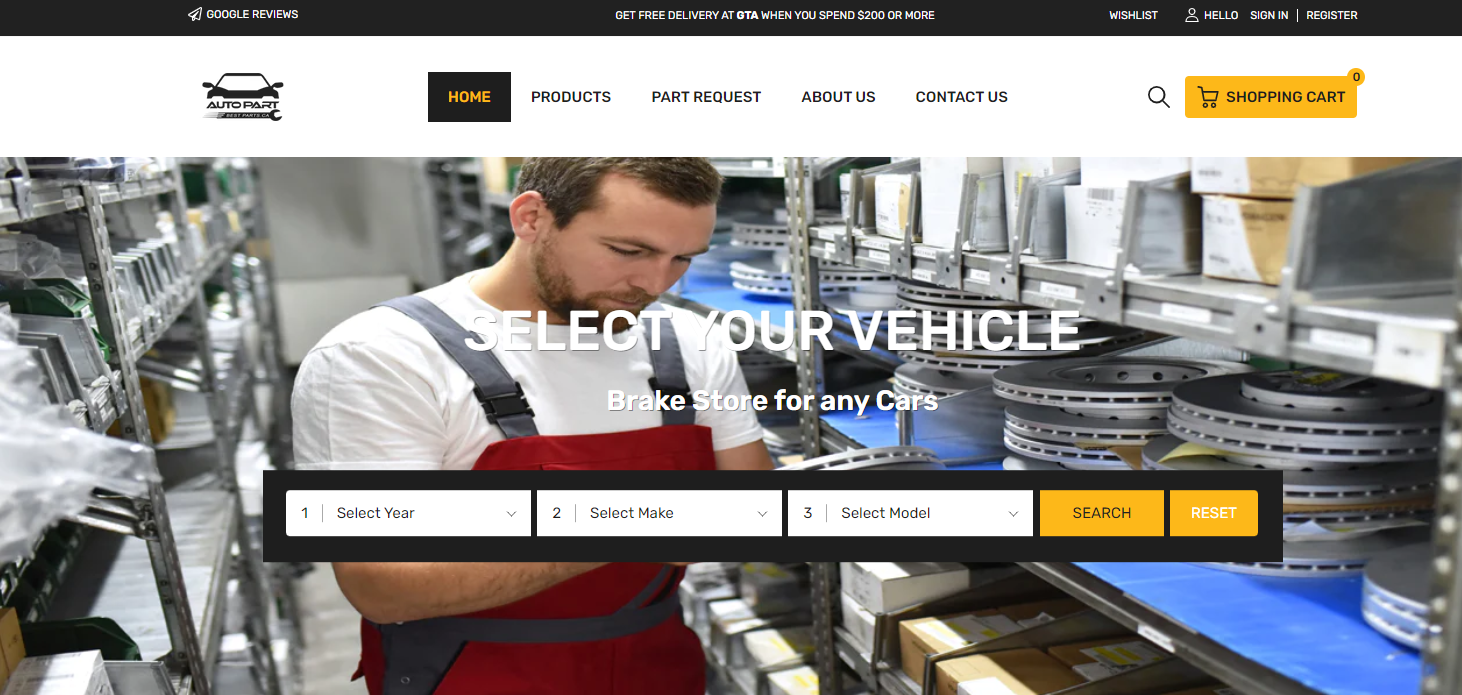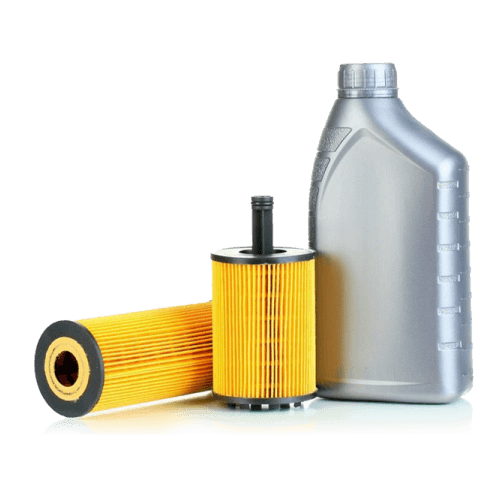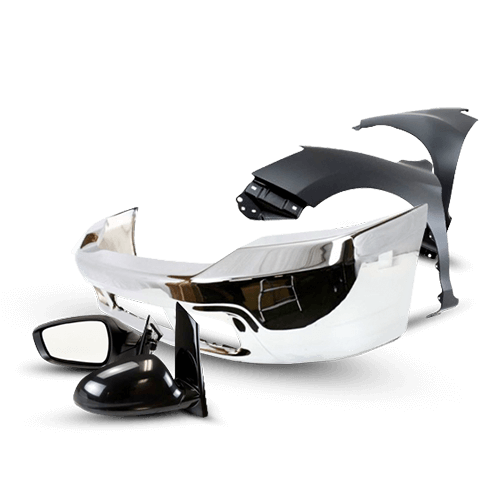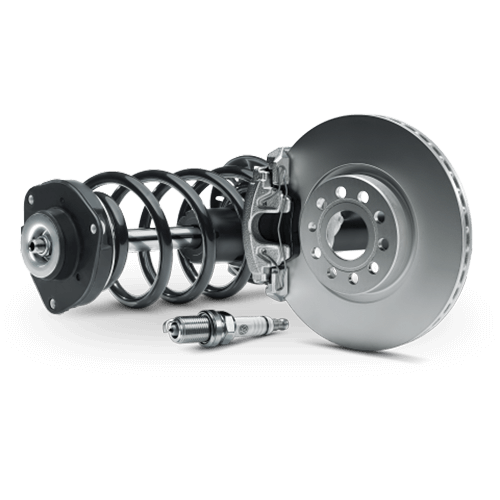
Best 10 + Car Maintenance Tips for a Longer-Lasting Vehicle
Car maintenance refers to the routine care, inspection, and servicing of a vehicle to ensure its optimal performance, safety, and reliability. Whether you drive a brand-new sedan or an aging SUV, proper vehicle care plays a critical role in extending your vehicle's lifespan, minimizing the risk of unexpected breakdowns, and preserving its long-term value.
Neglecting automobile maintenance can result in preventable mechanical failures that often lead to expensive repairs or safety hazards. According to the American Automobile Association (AAA), drivers who ignore regular auto maintenance spend an average of $1,200 more annually on major repairs compared to those who follow a maintenance schedule. In contrast, routine servicing—such as oil changes, brake inspections, and tire rotations—can prevent up to 80% of common automotive issues.
This guide is designed to deliver practical, experience-backed car maintenance tips that benefit both new drivers learning the basics and long-time car owners looking to optimize their car upkeep strategy. From cost of car maintenance insights to preventative service checklists, this resource covers what matters most—keeping your vehicle safe, efficient, and roadworthy without unnecessary expense.
Whether you're a DIY enthusiast or simply want to make better service decisions, mastering the fundamentals of automobile maintenance is one of the smartest ways to protect your investment and avoid costly surprises down the road.
Why Car Maintenance Matters (Safety, Savings, and Longevity)
Maintaining your car isn't just about keeping it running—it’s about driving safely, avoiding expensive repairs, and extending the life of your investment. In other words, effective car maintenance is preventive care that pays for itself.
Safety First: Protect Yourself and Others
Routine inspections and servicing are essential for preventing accidents caused by mechanical failures. According to the National Highway Traffic Safety Administration (NHTSA), approximately 22% of vehicle crashes are related to poor vehicle maintenance—such as worn brake pads, under-inflated tires, or engine issues.
Regular attention to your brakes, steering system, lights, and tires helps ensure you stay in control behind the wheel and react to road hazards in time. Neglecting these systems can compromise not only your safety but also that of your passengers and others on the road.
Save Money by Preventing Major Repairs
One of the most overlooked benefits of routine auto maintenance is long-term cost savings. As the saying goes, “An ounce of prevention is worth a pound of cure.”
- For example, spending $100 on preventive maintenance today (such as an oil change and brake check) could prevent $1,000+ in engine or transmission repairs down the line.
- Replacing a clogged air filter ($20–$40) can improve fuel economy by up to 10%, which adds up quickly over time.
By addressing small issues early—before they escalate—you avoid the need for emergency repairs, towing fees, and potentially losing the use of your vehicle for days or weeks.
Fuel Efficiency and Lower Operating Costs
Effective car maintenance directly impacts fuel efficiency. Simple habits like maintaining proper tire pressure, using the right motor oil, and replacing spark plugs at recommended intervals can:
- Improve gas mileage by up to 3–5 MPG
- Lower CO₂ emissions and your environmental footprint
- Help your engine run cleaner and cooler, especially in extreme weather conditions
Neglecting these small tasks leads to engine strain and increased fuel consumption—draining both your wallet and your vehicle’s performance.
Longevity: Get More Life Out of Your Vehicle
Modern vehicles are built to last over 200,000 miles, but only if properly maintained. Sticking to a consistent maintenance schedule helps:
- Maximize engine and transmission life
- Prevent rust, corrosion, and fluid contamination
- Preserve the performance of safety systems, from ABS to traction control
This is especially valuable for owners looking to extend the lifespan of high-mileage vehicles or resell their car at a higher value later on. Well-documented maintenance history increases resale value and buyer trust.
Boost Resale Value
Used car buyers—and dealerships—heavily favor vehicles with a clear maintenance record. A car that’s been regularly serviced:
- Commands 15–25% higher resale value
- Sells faster on the used market
- Avoids pre-sale issues during inspections
Think of maintenance as an investment—not an expense. Every service record adds value to your car’s long-term worth.
Basic Car Maintenance Tips for Beginners
Whether you're new to driving or just looking to reduce long-term repair bills, mastering the basics of car maintenance is essential. These auto maintenance tips focus on simple tasks that every vehicle owner can learn—no mechanical background required. Following these can help prevent major issues, boost fuel efficiency, and keep your car running safely.
1. Oil Change: Frequency and Warning Signs
Engine oil lubricates internal components and prevents overheating. Over time, oil breaks down and becomes contaminated, reducing its effectiveness.
Recommended Frequency: Every 5,000 to 7,500 miles (or as per manufacturer).
Warning Signs:
- Oil change light or check engine light turns on.
- Engine noise or knocking.
- Dirty, dark oil when checked via the dipstick.
Tip: Always check oil levels monthly and top up when low to avoid engine wear.
2. Checking Tire Pressure and Tread Depth
Underinflated or worn-out tires can affect handling, fuel economy, and braking distance.
● Tire Pressure: Check monthly using a digital tire pressure gauge. Follow your vehicle’s PSI recommendations (usually found on the driver-side door jamb).
● Tread Depth: Use the penny test—insert a penny into the tread with Lincoln’s head down. If you can see the top of his head, it’s time to replace the tires.
Properly inflated tires can improve fuel efficiency by up to 3%.
3. Brake Pad Wear Indicators
Brake pads are critical to vehicle safety. Over time, they wear down and become less effective.

Signs of Worn Brake Pads:
- Squealing or grinding noises when braking.
- Increased stopping distance.
- Vibration in the brake pedal.
- Dashboard brake warning light.
Inspect brakes every 10,000–15,000 miles or during tire rotations.
4. Battery Terminal Cleaning
Dirty or corroded battery terminals can lead to hard starts, dim lights, and even total electrical failure. What to look for: white, ashy deposits or rust on the terminals. How to Clean:
- Disconnect battery (negative terminal first).
- Scrub terminals using a wire brush and baking soda + water solution.
- Rinse and reconnect (positive terminal first).
Check your battery annually, especially before winter months.
5. Wiper Blade Replacement
Good visibility is essential, especially in rain or snow. Wiper blades typically last 6–12 months.
When to Replace:
- Streaking, skipping, or squeaking sounds.
- Uneven or incomplete wipes.
- Rubber edges look cracked or brittle.
Replace blades at the change of seasons or whenever performance declines.
6. Fluid Checks: Coolant, Brake, and Transmission Fluid
Regularly checking and topping off vehicle fluids helps avoid overheating, transmission issues, and brake failure.
- Coolant: Should be bright green, yellow, or orange. Top off when low—never open the radiator cap when hot.
- Brake Fluid: Typically located in a small reservoir near the back of the engine bay. Should be clear or light yellow.
- Transmission Fluid: Check with the car running and in park. It should be bright red and not smell burnt.
Long-Term Vehicle Health Maintenance
Maintaining your car over the long haul is about more than just oil changes and tire rotations—it’s about adopting consistent habits that maximize engine life, retain resale value, and avoid costly breakdowns. Whether your vehicle is brand new or already over 100,000 miles, these long-term car care practices help ensure it stays dependable for years to come.
1. Protect the Exterior and Interior
Rust, UV damage, and interior wear reduce your vehicle’s appearance, resale value, and even structural integrity over time.
- Wash and wax your car regularly to remove dirt, salt, and contaminants that cause corrosion.
- Use UV protectant sprays for dashboards, leather seats, and rubber trims to prevent fading and cracking.
- Park in shaded or covered areas whenever possible to limit sun exposure and paint damage.
These steps preserve your vehicle’s finish and keep the cabin comfortable, especially in extreme climates.
2. Flush & Replace Fluids at Manufacturer Intervals
Over time, fluids break down and accumulate debris, leading to part failure or overheating.
- Coolant should be flushed every 2–3 years to prevent scale buildup and corrosion inside your radiator and water pump.
- Transmission fluid may last longer, but should still be checked and replaced by 60,000–100,000 miles (or as recommended).
- Brake fluid absorbs moisture over time, reducing braking performance—flush it every 2–3 years for safety.
Staying on top of fluid maintenance can prevent thousands in engine, brake, or transmission repairs.
3. Inspect Suspension and Steering Systems
These components wear slowly but significantly over time.
- Listen for clunking sounds, uneven tire wear, or steering drift.
- Have your suspension (shocks, struts, bushings) checked every 40,000–50,000 miles.
- Replace worn ball joints or tie rods to maintain steering precision and safety.
Long-term vehicle health relies on stable handling and predictable braking—don’t overlook these systems.
4. Address Small Problems Early
One of the most important habits is acting on small warning signs before they lead to big repairs.
- Don’t ignore check engine lights, leaking fluids, strange noises, or rough idling.
- Regularly review service records to stay proactive with scheduled care.
- Set reminders in your calendar for major service milestones (timing belt, water pump, etc.)
Preventive care always costs less than emergency repairs—and helps you avoid being stranded.
5. Keep a Documented Maintenance History
Maintaining a full service log (paper or digital) has two key benefits:
- It helps you stay organized and aware of upcoming maintenance needs.
- It increases resale or trade-in value, making your car more appealing to buyers or dealerships.
Buyers trust vehicles with documented care, especially over 100,000 miles.
Seasonal Car Care Tips (Winter & Summer)
Seasonal weather conditions have a major impact on your vehicle’s reliability and safety. Adjusting your maintenance routine for winter and summer can prevent avoidable wear, improve performance, and ensure you're ready for changing road conditions.
Winter Car Maintenance Tips
Cold temperatures reduce battery capacity, drop tire pressure, and thicken fluids. Start by testing your battery (especially if it's over 3 years old), switching to winter tires for improved traction, and topping up antifreeze to protect against freezing. Replace standard wipers with winter blades, and use freeze-resistant washer fluid for visibility. Always keep an emergency kit with essentials like jumper cables, a blanket, and an ice scraper in your trunk.
Summer Car Maintenance Tips
Heat accelerates engine wear and increases the risk of tire blowouts. Flush your coolant to avoid overheating, inspect your radiator for leaks, and ensure your A/C system is running efficiently. Monitor tire pressure regularly, as it tends to rise with temperature. Protect your vehicle’s paint and interior with regular washing, waxing, and sunshades to reduce UV damage.
Conclusion
Staying on top of routine car maintenance is one of the simplest ways to protect your vehicle, reduce long-term repair costs, and drive safely. Regular servicing—no matter how basic—adds years to your car’s lifespan and gives you peace of mind on the road.
